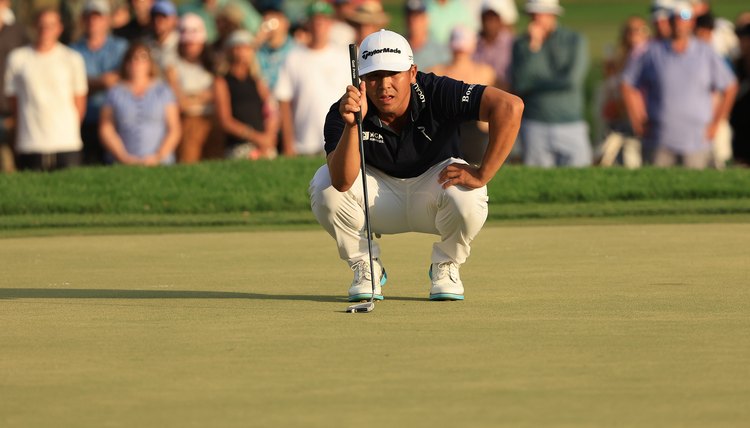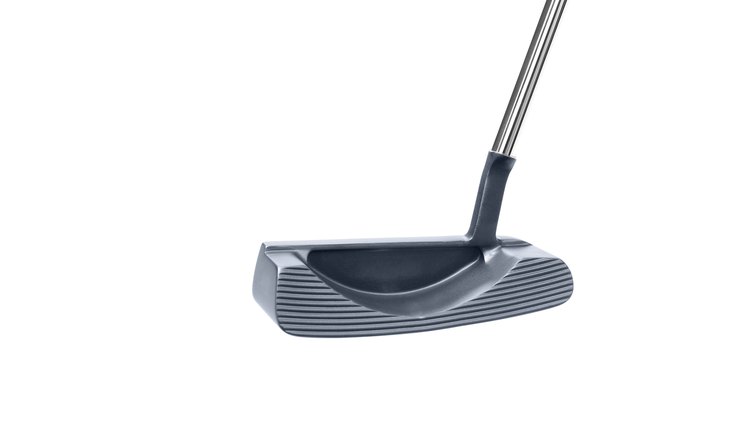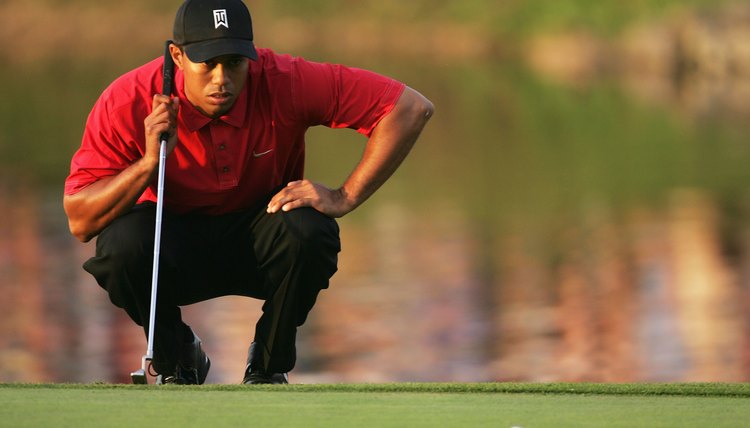What Is Putting in Golf?

One of the most important skills in golf from the PGA to amateur level is putting. Putting is using a golf stroke that is meant to roll the ball into the hole. Beginners can practice putting on a putting green that simulates the green you will find on the golf course.
Most golf courses have practice greens, and players are advised to practice before a round of golf to get a feel for the greens. The golf ball rolls faster or slower depending on conditions, such as wind and how wet the green is on any given day. From short putts to long birdie putts, here is how to putt a golf ball.
What is a putter?

A putter is a golf club used during putting, a golf stroke used when you are on or just off the green. It has a flat club face, or putter face, and a long shaft to help control your golf swing and follow through.
Those who look to improve their golf game may want to look into the best putters of 2023, many of which are being used right now on the PGA tour. Many golfers use the Scotty Cameron Phantom which has a blade like putter head for maximum precision. Meanwhile, Tiger Woods uses the Scotty Cameron Newport 2 for his short game, which as you can imagine is a great putter.
Golfers may use clubs such as the driver, fairway woods, hybrids and irons to get to the green. A wedge such as the pitching wedge is used to hit the ball on the green in a favorable position to get the ball into the hole in one or two strokes with the putter.
What is the best Putting Grip
The grip used for putting is different from the grip used for other clubs and is important for your putting technique. Many golfers use the “reverse overlap” grip because it prevents the wrists from breaking during the putt.
To use this grip, place your bottom hand on the club and position your hand with the thumb pointing down. Place your top hand on the grip, and slide your hands together. Put your index finger over the fingers of the bottom hand. If you are right handed, you will use your right hand as your bottom hand and left hand as your top hand.
How to read the Green

Golfers “read the green” when they examine the grass between the ball and the hole.
If the grass appears shiny, the grain is with the putt and the ball will go faster. A downhill slope and a dry green will also make the ball go faster. Putters notice contours in the green, to see if the ball will break to the right or to the left when it is hit. Imagine a line moving from your ball position to the hole. If you see any sloping left or right, aim in the opposite direction and adjust based on the amount of slope.
Lining up Putt
Good putters often line up the logo or name on the ball with the target line to the hole. Sometimes they even draw a straight line on the ball to help with alignment. The head of the putter is then aligned with the target line to the hole. Before hitting a putt, golfers check their stance and posture, and take a practice shot for feel and distance. Selecting an intermediary target between the ball and the hole helps to keep the putt on line.
Putting Stroke
Before hitting the ball, golfers try to visualize the putt by “seeing” an imaginary line to the hole.
The clubhead of the putter stays low to the ground, and the wrists remain firm as they hit through the ball with a pendulum motion. The lower body remains still, and the shoulders move the arms to accelerate through the ball. How far back the club goes in the back stroke determines how far the ball will roll. Be sure to move straight back in the backswing and straight forward as you make contact to ensure you don’t push or pull your putts in a different direction.
Writer Bio
Sharon Penn is a writer based in South Florida. A professional writer since 1981, she has created numerous materials for a Princeton advertising agency. Her articles have appeared in "Golf Journal" and on industry blogs. Penn has traveled extensively, is an avid golfer and is eager to share her interests with her readers. She holds a Master of Science in Education.
